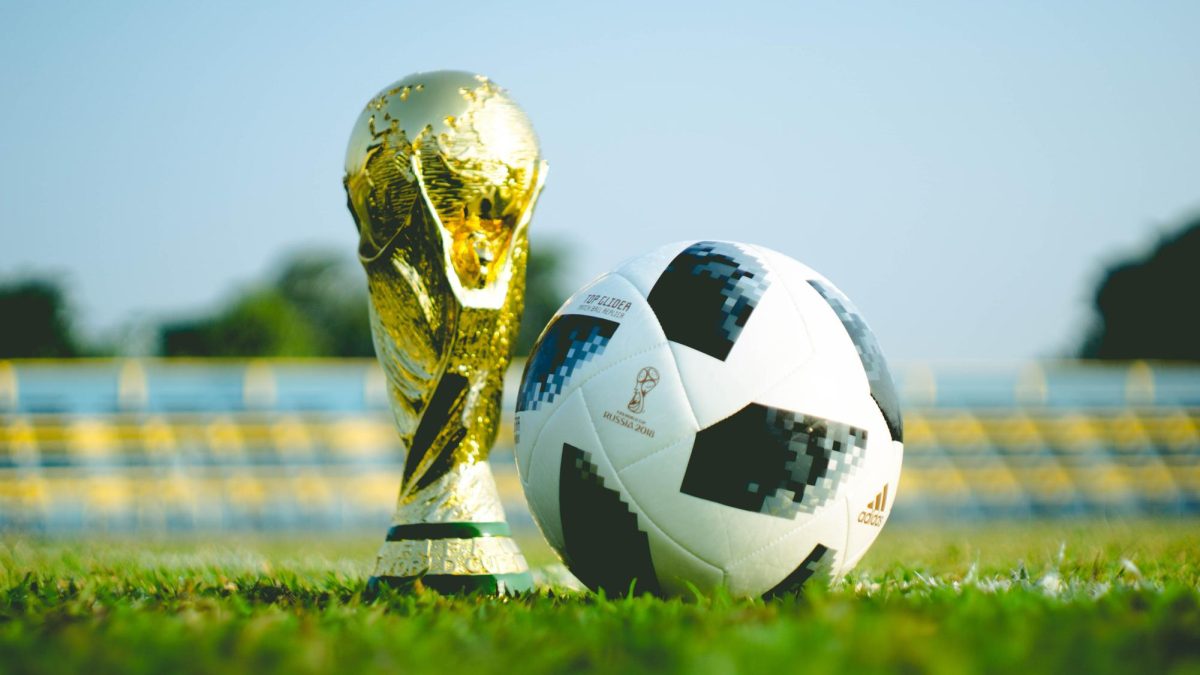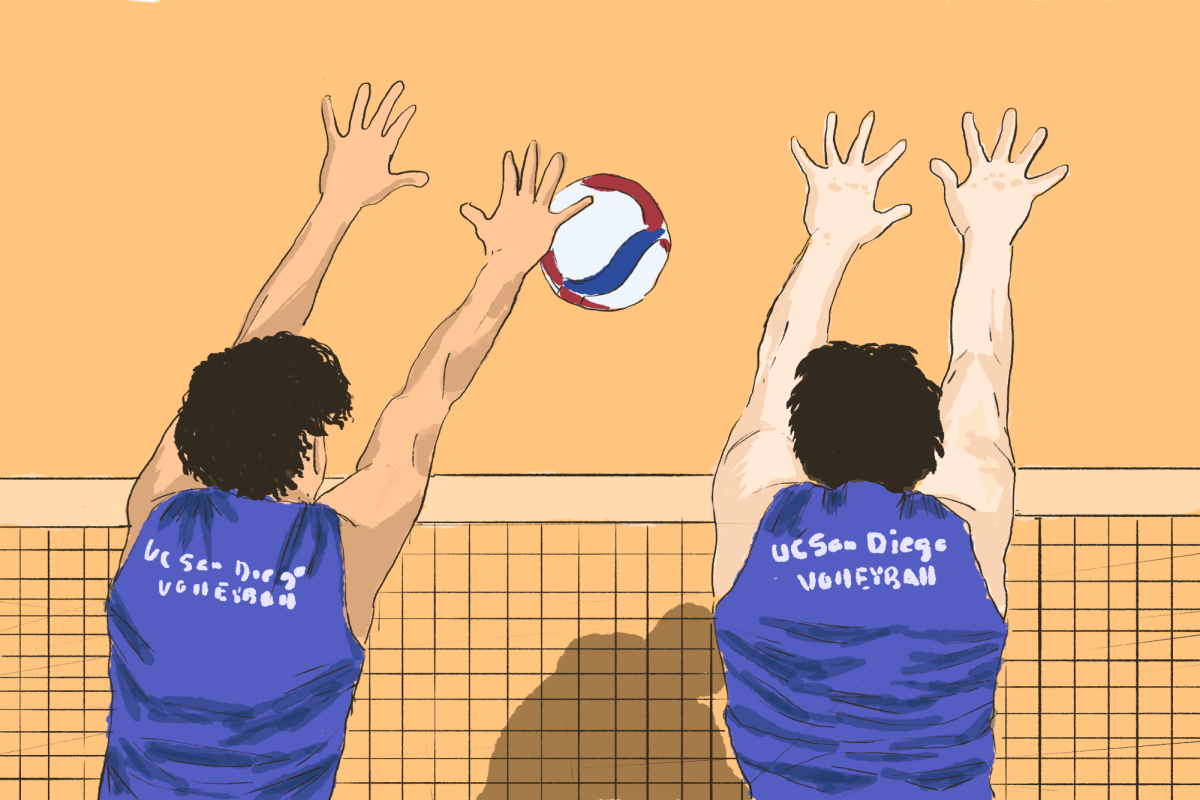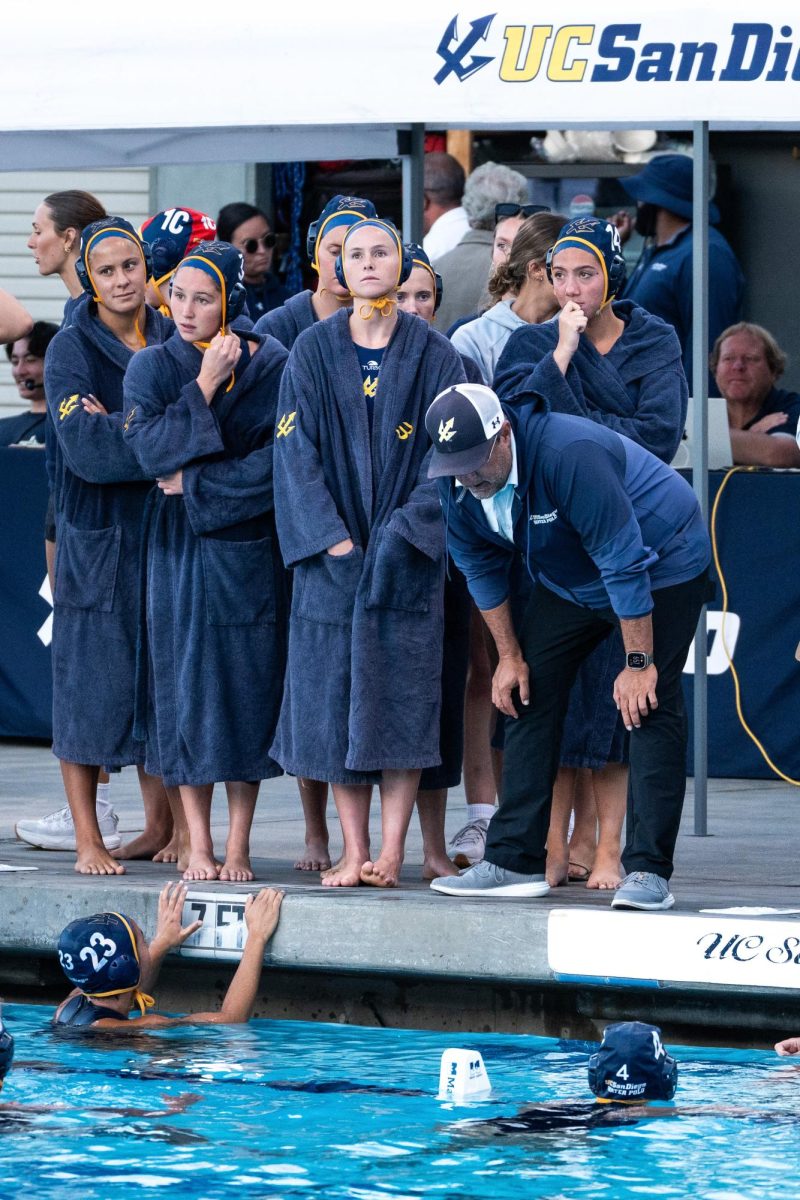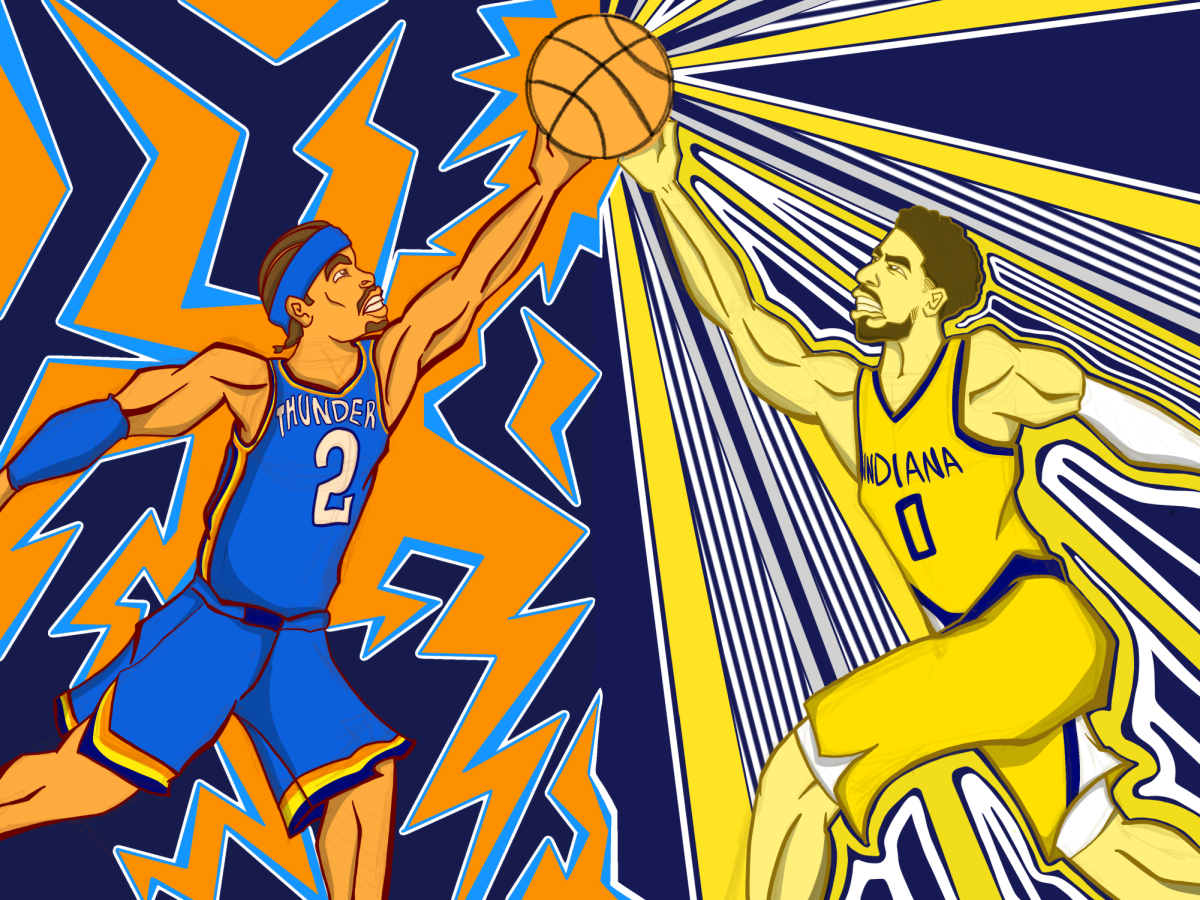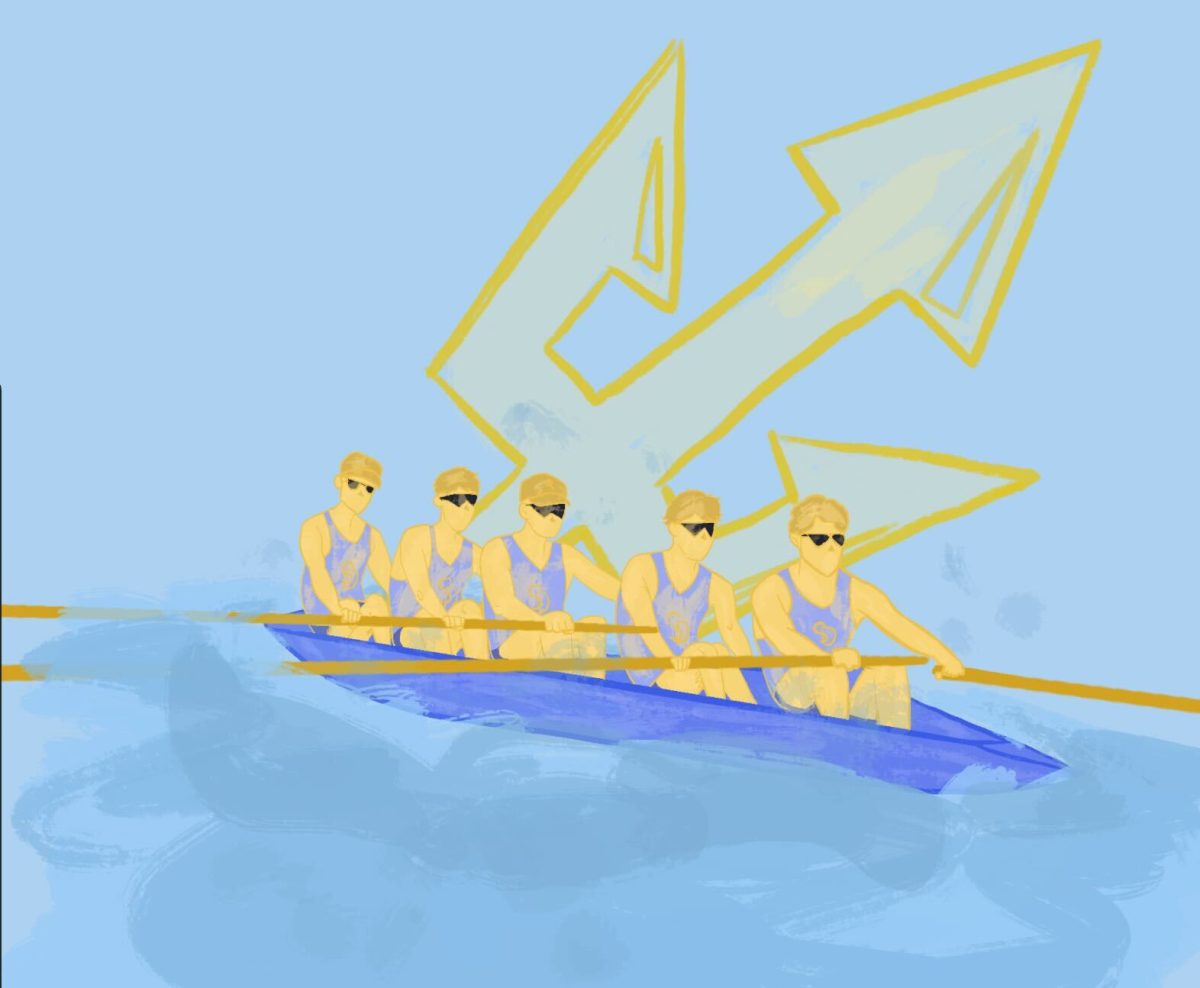November’s international break in world football has officially come to a close, but unfortunately, many players and nations failed to come out of it unscathed. From the plethora of injuries to the buildup of games, the question of whether the amount of matches in a season is too many has cropped up.
The international break refers to a chunk of time in the season where players from all around the globe are called up to represent their country. The FIFA International Calendar is an outline agreed upon between the Fédération Internationale de Football Association, the six continental football confederations, the European Club Association, and the Fédération Internationale des Associations de Footballeurs Professionnels, which implement these said international breaks into every footballing season.
Often, these worldwide games are responsible for determining the final line-up of contestants for the FIFA World Cup, the quadrennial tournament dubbed “the biggest sporting event in the world.” International breaks are also used to host qualification matches for the major continental tournaments, sponsored by each respective confederation: the Asian Cup (AFC), the Africa Cup of Nations (CAF), the Gold Cup (CONCACAF), Copa América (CONMEBOL), the Nations Cup (OFC), and the European Football Championship (UEFA).
For the top stars of the sport, these breaks and their implementation into the football calendar have contributed to numerous injuries for clubs and countries alike. The FIFA Calendar installed five separate international breaks into the 2023–24 season, and the travel time, training camps, and strenuous matches which come with fulfilling international duty is piled on top of the existing travel time, training camps, and strenuous matches of club football.
When it comes to the top clubs in the top national leagues, club duties are not limited to domestic league matches. For instance, the top three tiers of clubs of Europe would partake in one of three UEFA yearly tournaments: Champions League (tier 1), Europa League (tier 2), or the European Conference League (tier 3).
The typical schedule of a top tier player is already packed as is, and international matches only fill their schedules up to the very brim. Unfortunately for the stars of the footballing world, a call-up from their country is just as much of a strain as it is an honor. Often dubbed as the “FIFA Virus,” players often come back from international duty with signs of fatigue and weakened condition. At best, players look to simply be out of form or playing with less energy. At worst, players come back with career-impacting injuries.
This past week acted as the third international break in a span of just three months, and major footballing clubs such as FC Barcelona, Real Madrid, Manchester City, Manchester United, and Paris Saint Germain have all been hit with at least one injury. With talks of the World Cup and the UEFA yearly competitions expanding their tournaments and extending the number of games played, the “virus” has no intention of being contained any time soon.
One injury which caused uproar amongst fans of the club was the injury to Gavi of FC Barcelona. At just 19 years old, Gavi sustained a season-ending knee injury to his anterior cruciate ligament and meniscus in a Euros qualifier match against Georgia. The Spanish National Team had already qualified for UEFA 2024 Euros leading up to this match, allowing for manager Luis de la Fuente to practice flexibility in selecting his starting lineups. Gavi was just one of two players to start for both qualifier games during the November 2023 break as well as a consistent solution to his own club’s injury problem.
Gavi’s situation shone a heated spotlight on the people behind the Real Federación Española de Fútbol, FIFA, UEFA, and FC Barcelona, who allowed a young and promising prospect like Gavi to sustain a severe injury. With de la Fuente referencing Gavi’s fiery passion on the pitch the night before the tragic injury — stating that the best players never choose to sit out of a game — many supporters of Gavi were angered at the manager’s lack of care for the 19-year-old midfielder as well as the federation’s lack of accountability.
For some players, the international calendar acts as their main source of playing time. As of 2023, FIFA has 207 nations registered into their system, and at the bottom of the table lies the homey Italian enclave known as San Marino. San Marino’s roster resembles more of one’s local neighborhood than a football squad, with many players working standard jobs by day and playing street ball together by night.
To this day, San Marino has yet to register a competitive win under FIFA, with a 1-0 friendly win versus Liechtenstein standing as the sole victory for the underdog squad. Nonetheless, the San Marino National Team has a special place in the hearts of the football community, and the international calendar acts as a dream stage for this small nation.
It is up to the organizations in power to support their players and maintain safety and stability in their footballing careers. To play for a badge or a flag means playing with heart, and it is on the league runners and confederations to not take advantage of said heart.


